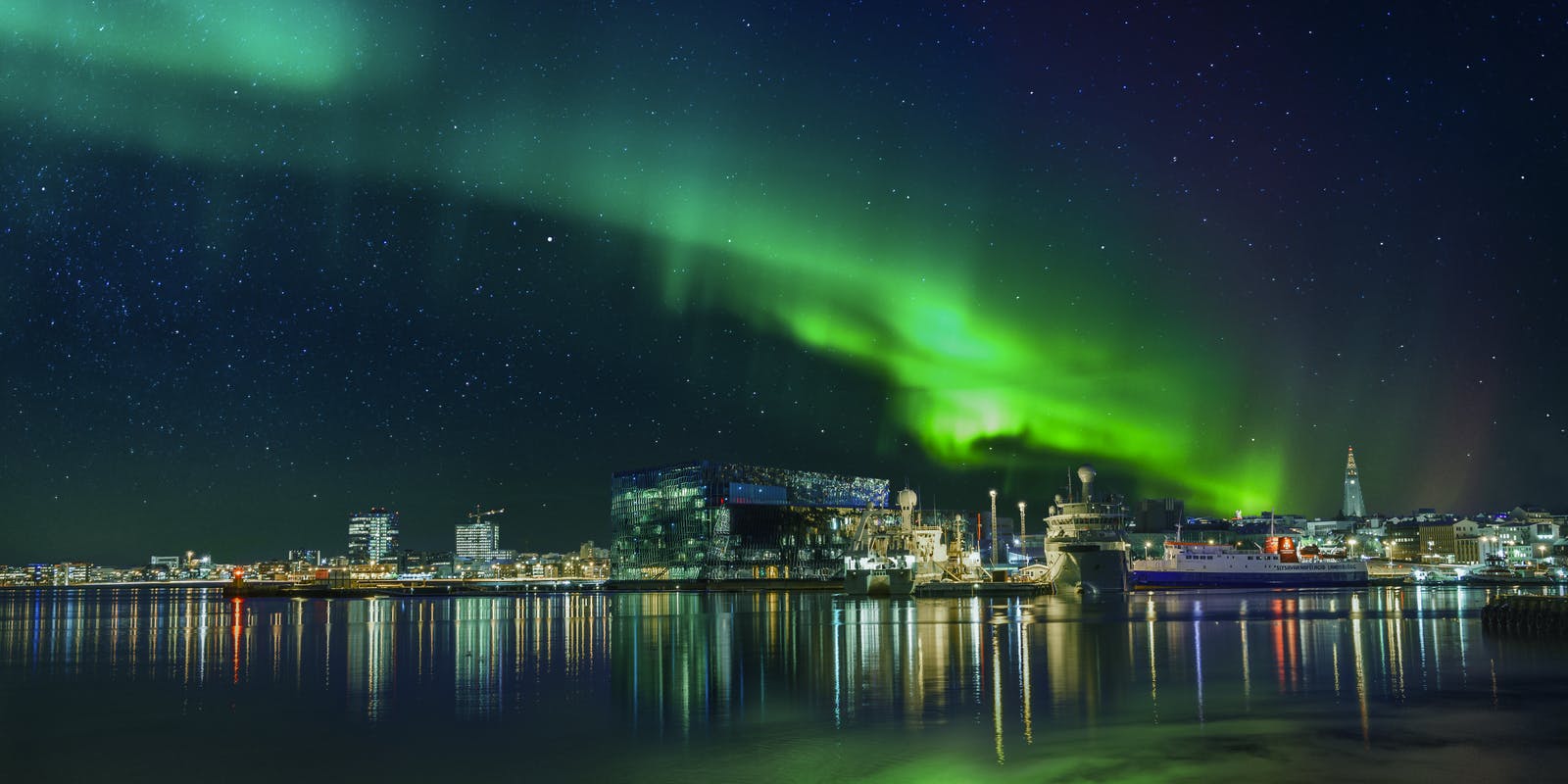
Where to find the Northern Lights in Reykjavik
You might have heard that seeing the Northern Lights in Reykjavik is rare, but that's not entirely true. While the Aurora Borealis can be elusive, and there's never a 100% guarantee you'll see them, catching this mesmerizing display in the city is possible.
The Northern Lights are unpredictable. Even if you venture to the most remote parts of Iceland, there's no assurance that the lights will dance across the sky on any given night. Forecasts can hint at when they might appear, but nature has its own plans. So, if you've been out exploring the Icelandic wilderness and haven't seen them, don't lose hope just yet. Even within Reykjavik, with its city lights, there are spots where you can potentially witness this natural wonder.
How to Increase Your Chances in Reykjavik
To see the Northern Lights, you need a few things in your favour:
- Dark Skies: The darker, the better. City lights can make it challenging, but not impossible.
- Clear Skies: Cloud cover can obscure the lights, so a clear night is ideal.
- Strong Aurora Forecast: This indicates the likelihood of the lights appearing.
Now, let's talk about where in Reykjavik you might have the best luck.
Perlan
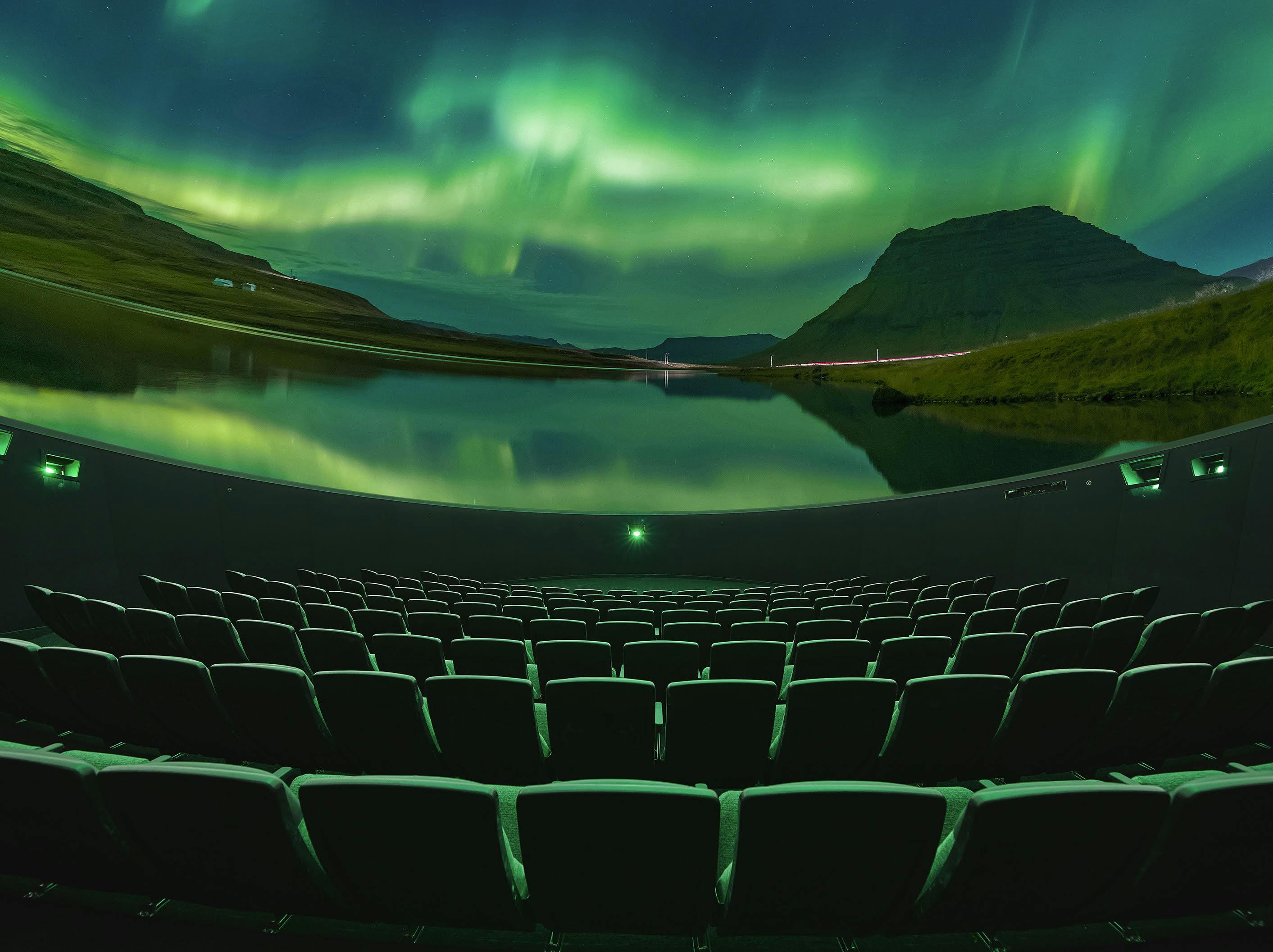
Perlan is arguably the top spot in Reykjavik to try and catch the Northern Lights. This iconic building, recognizable by its six massive water tanks crowned with a vast glass dome, is not just an architectural marvel but also a vantage point. It's located on a hill named Öskjuhlíð, which rises 61 meters above the city. This elevation gives you a slight advantage by lifting you above the city's lights.
From Perlan, visitors are treated to a 360° view of Reykjavik and, more importantly, the expansive sky overhead. This makes it a favourite among both locals and tourists. If you're planning a visit, the observation deck stays open until 10 pm, with the last entry at 9 pm. And if you're feeling peckish, you can grab dinner at Perlan's restaurant.
But here's the best part: if Mother Nature doesn't cooperate and the Aurora remains shy, Perlan has a backup plan. They offer an immersive 8K Northern Lights planetarium show named Áróra. It's a breathtaking experience that, while not the real thing, will surely leave you in awe.
The Sun Voyager
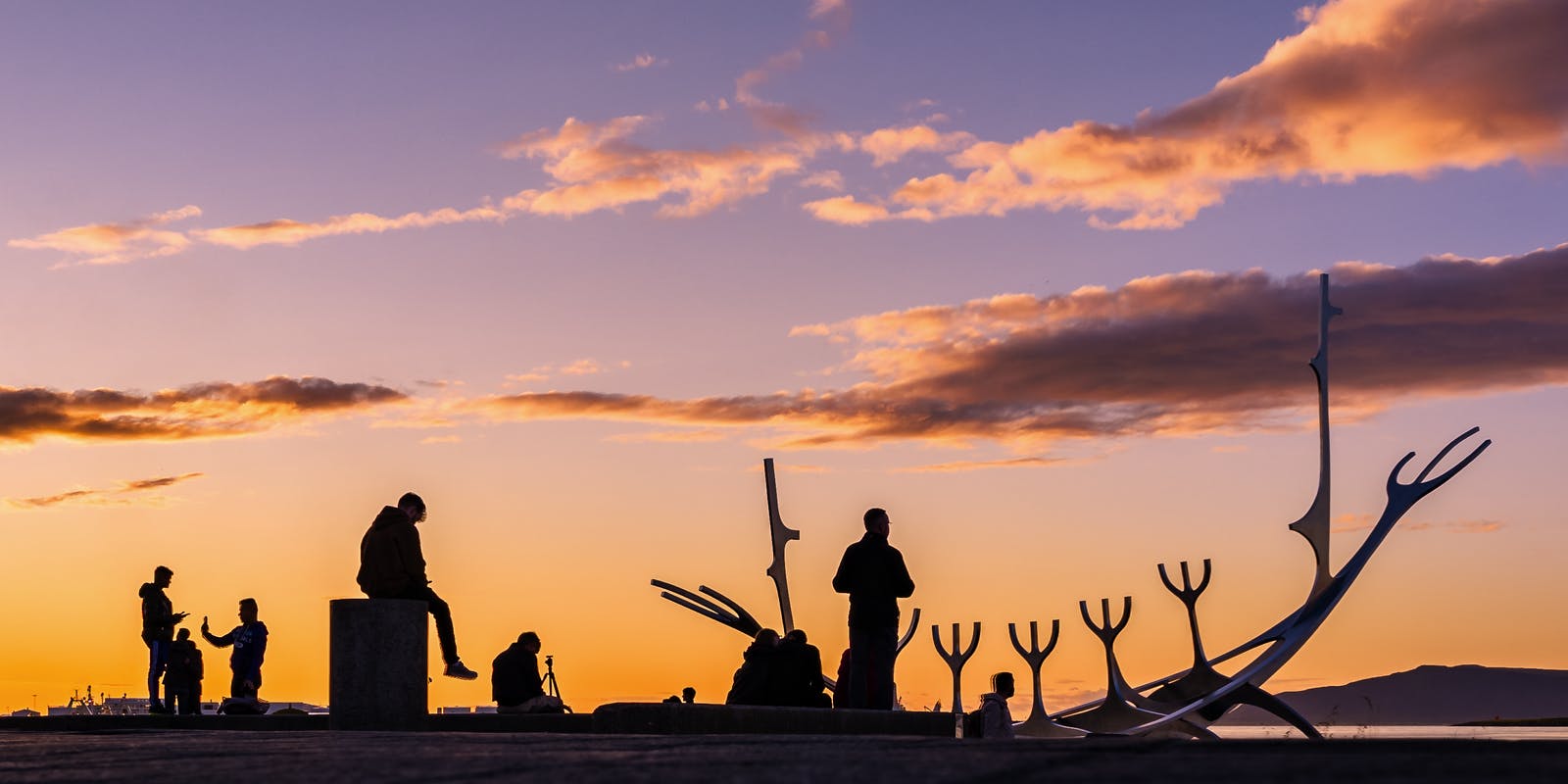
If you're staying in Reykjavik and want to experience the city's blend of art and nature, the harborfront area should be on your list. Right by the sea stands the iconic sculpture, Sólfar, or as many international visitors call it, the Sun Voyager. This shimmering piece was crafted by Jón Gunnar Árnason, and it represents a dream boat. Imagine the magic of watching the Northern Lights dance in the sky right above this sculpture. It's like a dream within a dream. For those with a passion for photography, the floodlit statue provides an excellent focal point, allowing you to capture the Aurora's beauty with the Sun Voyager in the foreground.
Reynisvatn
Sometimes it's best to step slightly away from the city's hustle and bustle for a higher chance of witnessing the Northern Lights. Just a short drive to the Grafarholt neighbourhood, you'll discover a serene lake named Reynisvatn. It might not be on every tourist's radar, but it's a gem in its own right.
During the day, the lake is a haven for fishing enthusiasts. Over the years, it has been stocked with lake char, rainbow trout, and salmon, making it a popular spot for locals and visitors alike. But as night falls, the area around Reynisvatn offers a darker sky compared to the city centre. This dimmer setting might be the edge you need to see the Northern Lights in all their splendour. The reflection of the Aurora on the calm waters of the lake can be an added bonus, creating a mesmerizing visual treat.
Grótta Lighthouse
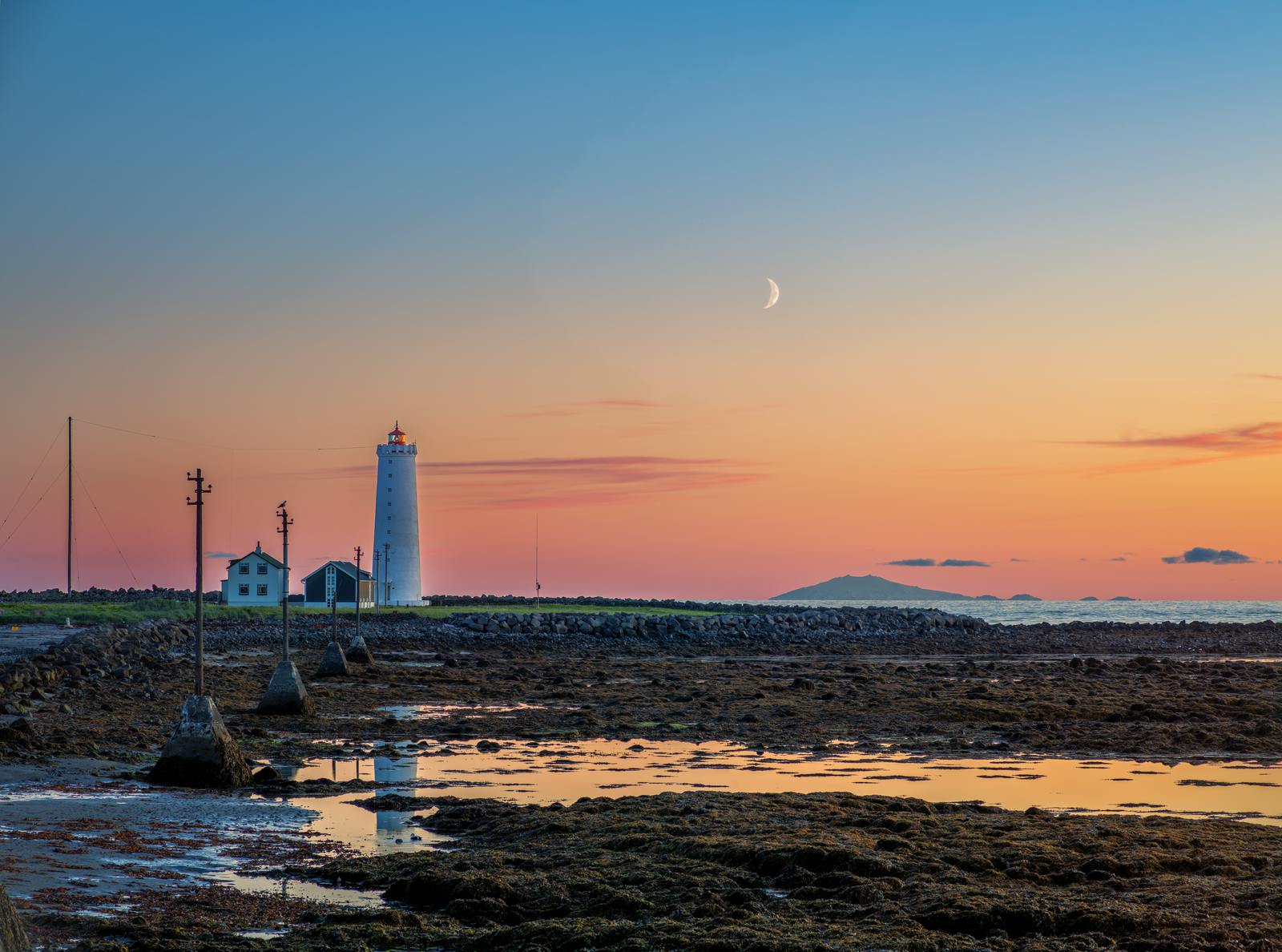
Just a stone's throw away from Reykjavik, in Seltjarnarnes, stands the Grótta Lighthouse. While it's technically outside the city's boundaries, its advantages in terms of reduced light pollution make it a noteworthy mention. This historic lighthouse, with its unique silhouette, has become a favourite spot for both tourists and locals. If you're looking to capture the Northern Lights in a photograph, the lighthouse provides an ideal focal point, adding depth and context to your shots.
Getting there is fairly straightforward. A short 20-minute drive will get you to the location. If you prefer public transportation, hop on the Number 11 bus. Get off at the intersection of Lindarbraut and Hofgarðar, and from there, it's just a kilometre's walk, roughly 15 minutes, to the lighthouse. While you're in the area, consider a detour to the nearby Grótta beach. It's often quieter and offers a serene backdrop for your Northern Lights experience.
Northern Lights in Reykjavik
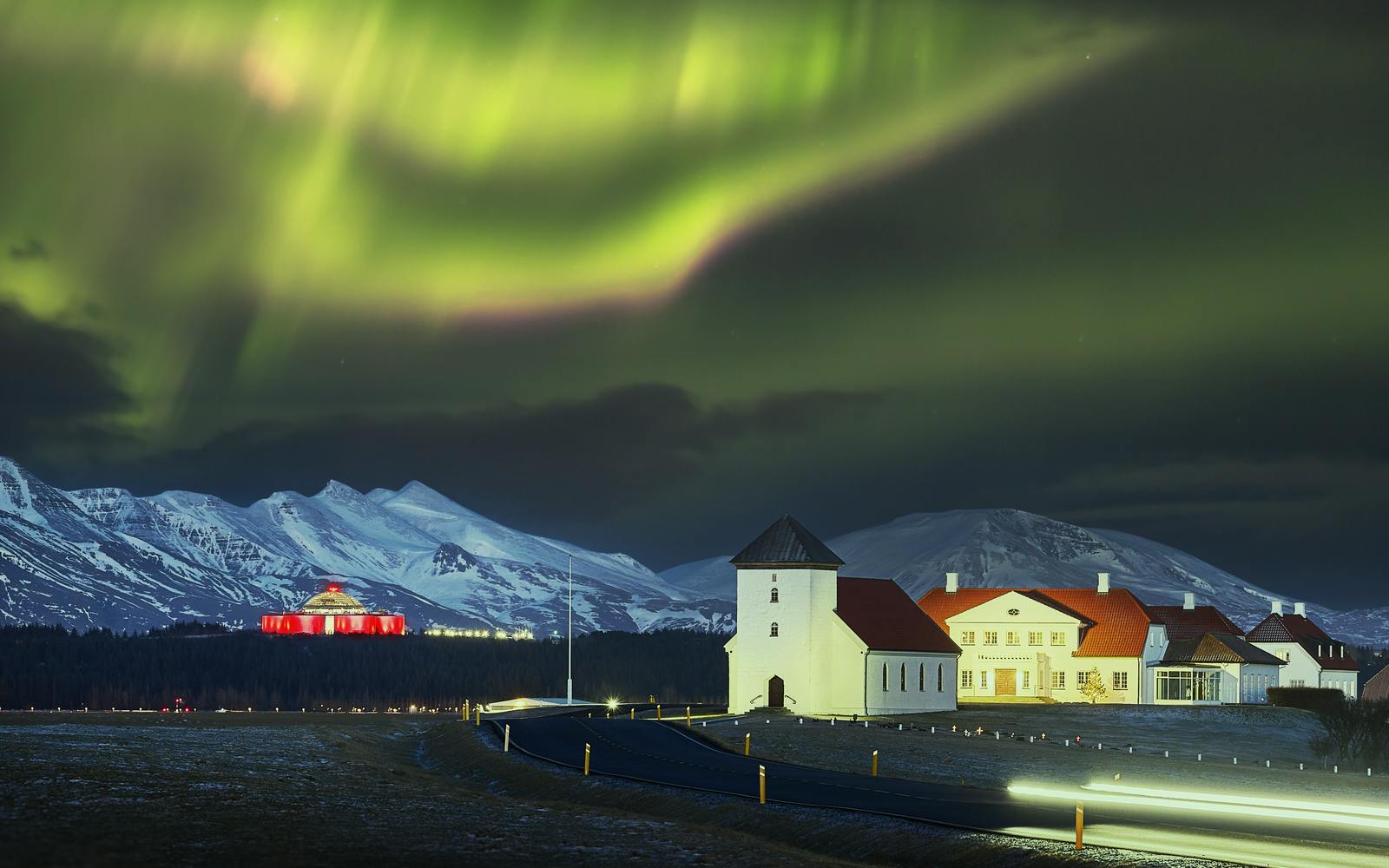
For those eager to witness the Aurora Borealis, there are a few key factors to keep in mind. Darkness is crucial, as is solar activity and a clear view towards the north. If you're wondering about the best time to see the Northern Lights in Reykjavik, your window of opportunity spans from September to April. However, remember that the appearance of the Northern Lights is dependent on the right conditions aligning. So, while there's no guaranteed sighting, the thrill lies in the chase and the potential reward of witnessing one of nature's most breathtaking displays. Best of luck to all Aurora enthusiasts out there!
While the Northern Lights are a must-see in Iceland, another astronomical event will make 2026 even more special. The Solar Eclipse 2026 in Iceland will be a total eclipse visible from Reykjavík, offering a rare chance to experience both phenomena in one destination.
Popular tours
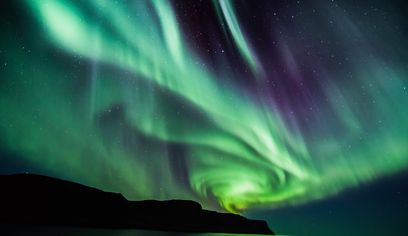
The #1 Northern Lights Tour in Iceland | FREE photos, Homemade Hot Chocolate & cinnamon buns

Reykjavík Northern Lights Cruise

Aurora Basecamp Night pass

Reykjavík Whales & Northern Lights

Northern Lights Tour from Reykjavik, With Photographs, Local Pastrys and Hot Chocolate

DT 310 Private Superjeep Northern Lights

NORTHERN LIGHTS AND STARGAZING (Guided in 10 languages)

GOLDEN CIRCLE AND NORTHERN LIGHTS (Guided in 10 languages)

Aurora Viking - The Private Tour - Northern Lights Tour

Northern Lights w/Aurora Viking - free pro photos - Free Retry – minibus
